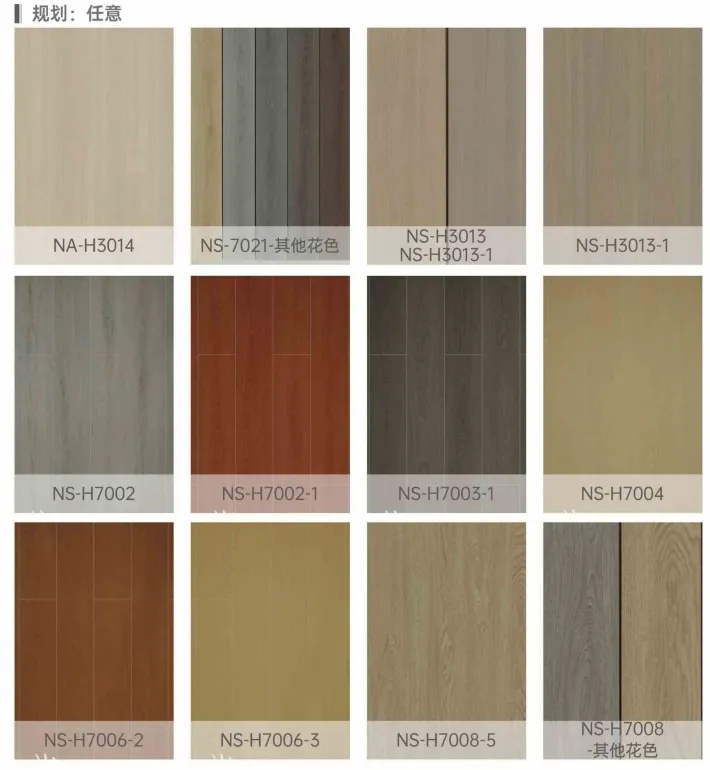linoleum retro flooring
Embracing Retro Style with Linoleum Flooring
In the world of interior design, trends come and go, but certain styles have a timeless appeal that captures the imagination. One such trend making a comeback is retro linoleum flooring. With its vibrant colors, unique patterns, and practical benefits, linoleum flooring is reclaiming its spot in modern homes and commercial spaces alike. This article will explore the charm of retro linoleum flooring, its advantages, and how to incorporate it into your design.
The Allure of Retro Linoleum
Linoleum flooring first gained popularity in the late 19th century, representing a durable and cost-effective floor covering. By the mid-20th century, it had become synonymous with the booming post-war design aesthetic, featuring bold colors and playful patterns that resonated with the optimism of the era. Today, homeowners are rediscovering the nostalgic charm of retro linoleum, finding inspiration in its vibrant styles that can enliven any space.
The beauty of retro linoleum lies in its versatility. From checkerboard patterns reminiscent of classic diners to abstract designs that echo the artistic movements of the 1960s and 70s, there is a linoleum style to match every personality and design theme. This flooring can evoke a sense of whimsy and fun, making it an excellent choice for kitchens, playrooms, or creative workspaces.
Advantages of Linoleum Flooring
Beyond its aesthetic appeal, retro linoleum flooring boasts a variety of practical benefits. One of the most significant advantages is its eco-friendliness. Made primarily from natural materials like linseed oil, cork dust, wood flour, and jute, linoleum is a sustainable choice for environmentally conscious consumers. Unlike vinyl, which is petroleum-based, linoleum is biodegradable and emits no harmful VOCs (volatile organic compounds), ensuring a healthier indoor environment.
Additionally, linoleum is known for its durability. It can withstand heavy foot traffic, making it ideal for both residential and commercial settings. Its resistance to moisture and stains makes it a suitable option for kitchens and bathrooms as well. When properly maintained, linoleum can last for decades, offering excellent value for investment.
linoleum retro flooring

Another advantage of linoleum is its comfort underfoot. The natural composition of linoleum provides a warm and cushioned feel, reducing fatigue during long periods of standing. This is particularly beneficial in settings where people are on their feet for extended hours, such as kitchens or retail spaces.
Incorporating Retro Linoleum in Your Space
If you’re considering incorporating retro linoleum flooring into your home or office, there are several ways to achieve a cohesive and stylish look. One effective approach is to choose a bold pattern or color that acts as a focal point in the room. For instance, pairing a vibrant red and white checkerboard floor with minimalist furniture can create a striking contrast that captures attention while maintaining a clean aesthetic.
Alternatively, you might opt for a more muted retro design to complement existing decor. Colors inspired by nature, such as soft greens or earthy browns, can create a harmonious atmosphere while still invoking a vintage vibe. When combined with mid-century modern or industrial furnishings, this flooring can add a delightful touch of nostalgia.
Furthermore, consider using linoleum in unexpected spaces. For example, applying retro linoleum in hallways, laundry rooms, or even as a wall treatment can introduce a playful element that surprises and delights.
Conclusion
Retro linoleum flooring is more than just a blast from the past; it’s a functional, eco-friendly, and stylish choice for modern interiors. With its wide variety of colors and patterns, it allows homeowners and designers alike to express their individuality while enjoying the practical benefits of this classic material. Whether you’re renovating a kitchen, designing a commercial space, or simply looking to add a unique touch to your home, embracing retro linoleum flooring is a decision that blends nostalgia with contemporary living. So why not take a step back in time and let your floors tell a story that resonates with both history and style?
-
Waterproof Advantages of SPC Flooring Vinyl in KitchensAug.06,2025
-
SPC Hybrid Waterproof Flooring Thickness GuideAug.06,2025
-
Leveling Subfloor Before My Floor SPC InstallAug.06,2025
-
How Mesh Deck Skirting Improves Outdoor Pest ControlAug.06,2025
-
Choosing the Right Commercial Flooring for Your Business NeedsAug.06,2025
-
Choosing the Best Residential Flooring: A Comprehensive Guide to Style, Durability, and ComfortAug.06,2025




